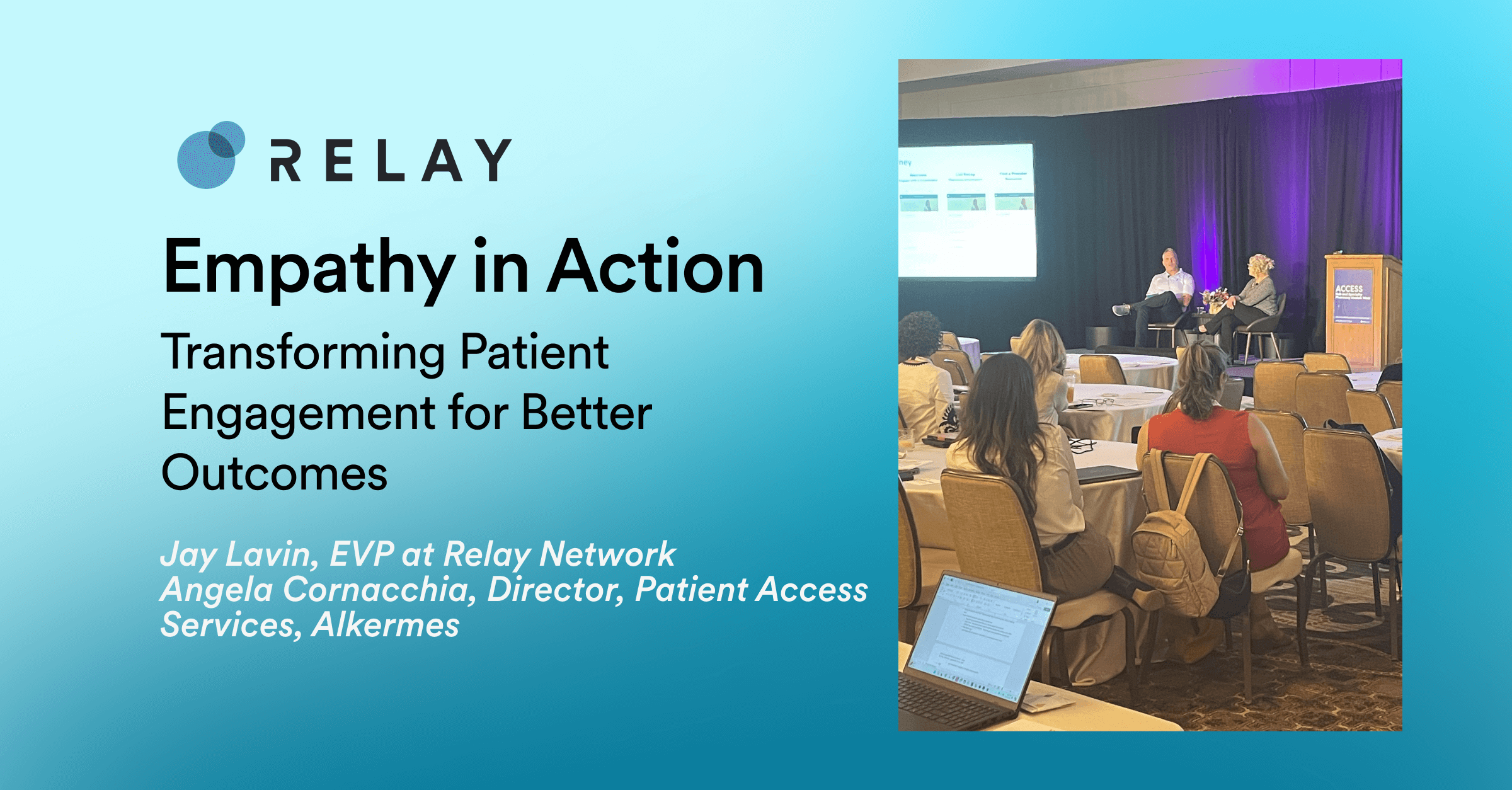
Blog
This is What the Future of Customer Communications Looks Like
There’s incredible opportunity for a new kind of platform purpose-built for customer communications. One that allows businesses and their customers to easily interact on things that are important — like when you’re locked out of your account, or your claim’s being processed, or when the hell that service tech will arrive.
The most successful communication platforms today work so well because they were purpose-built for a specific thing. Facebook was built for social. Twitter was built for news. LinkedIn was built for professional networking.
Businesses have flocked to social networks like middle schoolers to a Justin Bieber concert, and just like a Bieber concert the value is questionable and the content is disappointing. Any truly important exchange with a customer gets pushed to email or an 800 number that’s disruptive and frustrating.
Facebook has only recently begun to address this with the introduction of Businesses on Messenger. But for large enterprises with highly sensitive and personal data — like banks and healthcare companies — social networks aren’t equipped to handle these secure communications, and customers might not be ready to use social this way.
Social networks are great for what they were designed to do, but they just weren’t built for the customer relationship.
The future of these interactions will be connected communications on a secure channel that’s purpose-built to handle them.
Relay is bringing connected communications to the customer ecosystem. It’s a private messaging application made to handle the types of transactions and communications that relationship requires. It empowers businesses to deliver great experiences and improve outcomes. And it gives people the ability to finally feel in control of their business relationships.
Since it’s built from the ground up for the business-customer relationship, it uniquely meets the enterprise’s needs. First, it’s based on a secure, verified connection so the customer is always known and doesn’t need to re-authenticate every time. Information just flows. Second, all departments can join the conversation so it’s a singular experience for the customer. And third, it lets businesses deliver personalized content out to customers so they’re more likely to engage with it.
Want to see how we’re transforming the customer experience? Request a demo.
